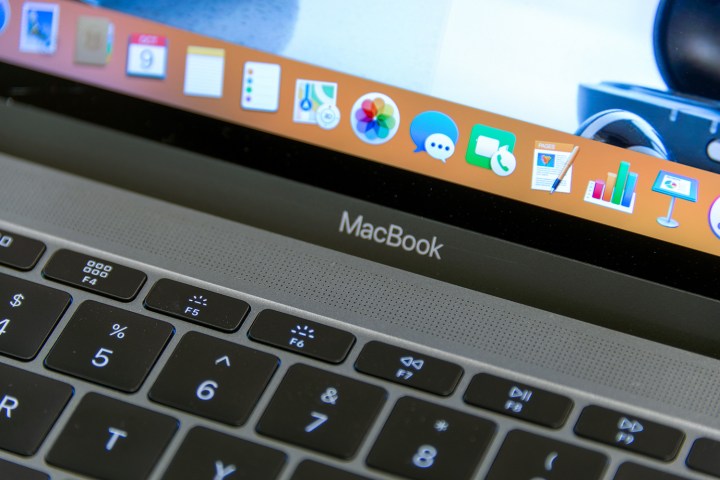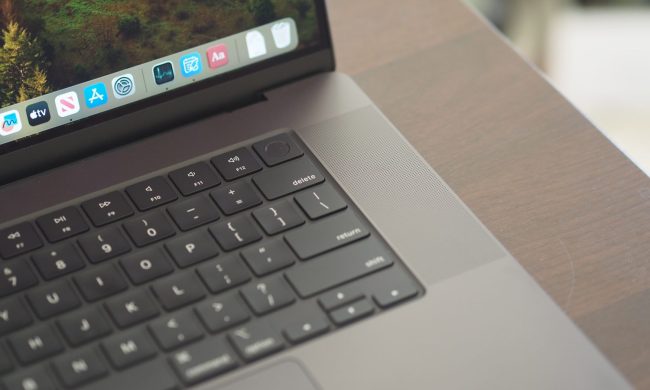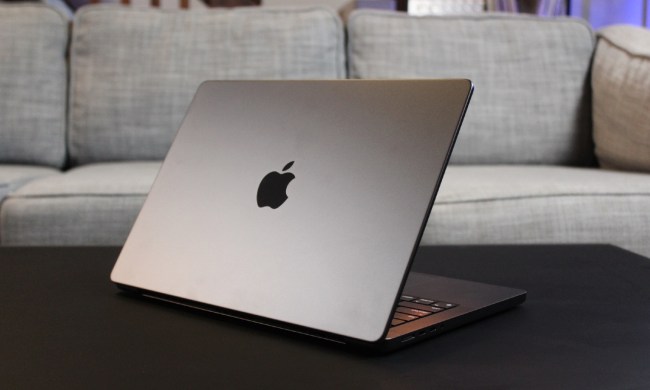
You have to kill your darlings. It’s a famous adage for writers, but it’s a principle Apple carefully follows too.
On Tuesday, Apple announced which MacBook lines were continuing, and which were being left behind. While the MacBook Air got features like the True Tone display and a reduced price, the 12-inch MacBook has been discontinued altogether.
Apple doesn’t launch and cancel product lines haphazardly, so the announcement begs the question: What happened to this futuristic, risky, controversial laptop?
Born in controversy

When Steve Jobs pulled the original MacBook Air out of a manilla envelope in 2008, the audience was left in awe. That laptop went on to become a beloved entry-level product and many people’s first experience in the Mac ecosystem.
When Tim Cook walked out with the 12-inch MacBook in 2015, Apple was looking for a similar reaction. It had the remarkably thin profile and sleek design to feel like the spiritual successor to the MacBook Air. It was by far the most technologically advanced laptop Apple ever made. But right from the get-go, the laptop was plagued by controversy.
The first problem was the ports. Apple has always been a proponent of the Thunderbolt port standard, but the idea of a laptop with one USB-C port was clearly an idea whose time hadn’t come yet. The knee-jerk reaction was that Apple wanted to sell more $50 adapters — that it was nickel-and-diming its customers.

Looking back now, the decision felt like hubris. Apple knew USB-C Thunderbolt 3 was the future of port technology, and judging by the state of laptops today, that’s clearly true. The port is everywhere you look, and Apple isn’t the only one to move to it. But the idea of there being just one port went too far, and it became a hurdle the 12-inch MacBook never overcame.
But once the MacBook got into the hands of reviewers and actual customers, the problems went beyond just the lack of ports. The first, and most infamous, was the keyboard. The first-generation butterfly switch keyboard led to a battle Apple is still fighting against four years later. There were quickly reports of sticky keys, followed by discoveries of just how difficult it was for Apple employees to repair them. Because the keyboard went on to live in all of Apple’s future MacBooks, it became the 12-inch MacBook’s lasting legacy — and it’s not a good one.
The other problem was performance. The 12-inch MacBook was completely fanless, thanks to the underpowered Intel Core M processor inside. It was a neat idea, but the technology wasn’t there on Intel’s side at the time. The dual-core processor maxed out at only 2.4GHz with a base clock of 1.1GHz. Suffice to say, word got out that it was a slow computer. Despite significant upgrades to these Y-series processors over the years, the slow performance was a perception problem the 12-inch MacBook couldn’t shake.
The final problem was price. At $1,299, it just wasn’t the entry-level, college-ready laptop it needed to be. That became even more apparent once the more powerful 13-inch MacBook Pro was announced the next year at only $100 more. If Apple was going to fix the MacBook, it had a seemingly impossible task ahead of it.
Death by Air

For what it’s worth, I assumed Apple had every intention of phasing out the MacBook Air, just as it had the iPad Air. But as any good business has to do, Apple let the numbers speak for themselves. The outdated MacBook Air, with its chunky bezels and lower-resolution screen, was still outselling the 12-inch MacBook. By a lot.
The final nail in the coffin was the relaunch of the MacBook Air in late 2018. At that point, the MacBook Air design hadn’t been touched in nearly eight years outside of minor processor updates and color changes. The new MacBook Air fixed everything people disliked about the 12-inch MacBook. It was cheaper, more powerful, the keyboard was improved, and it had one more USB-C port. Unless portability was your only deciding factor when buying a laptop, there wasn’t much reason to buy the 12-inch MacBook anymore. Apple was right to kill the product.
When I look back at the 12-inch MacBook, I see it as the clearly marked beginning of a new era for the Mac. It isn’t one that will be remembered very fondly, unfortunately. But with its passing, it just might mean the next era is upon us. Apple will inevitably bring back the MacBook at some point, and when it does, hopefully it will have learned from its mistakes.


